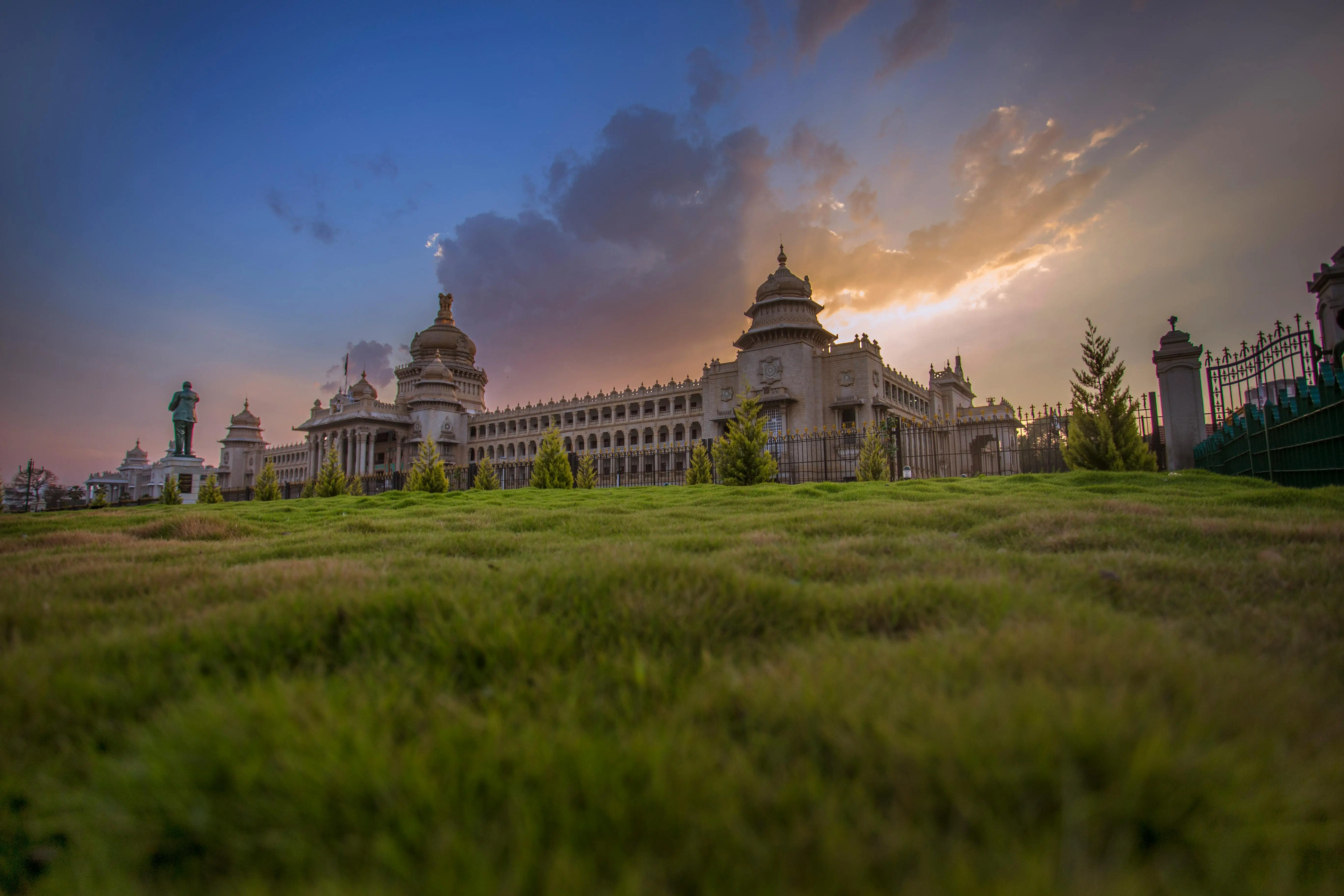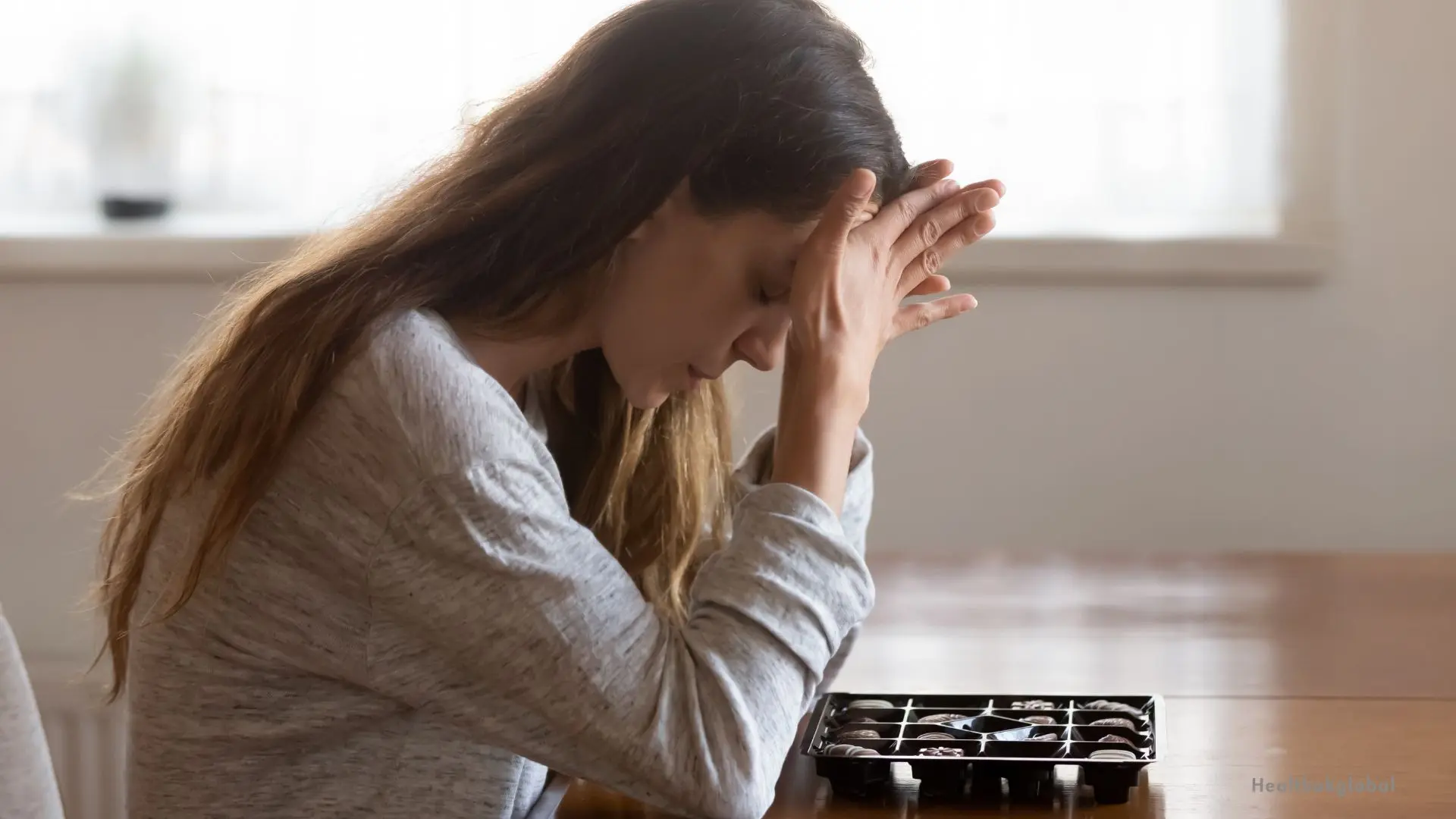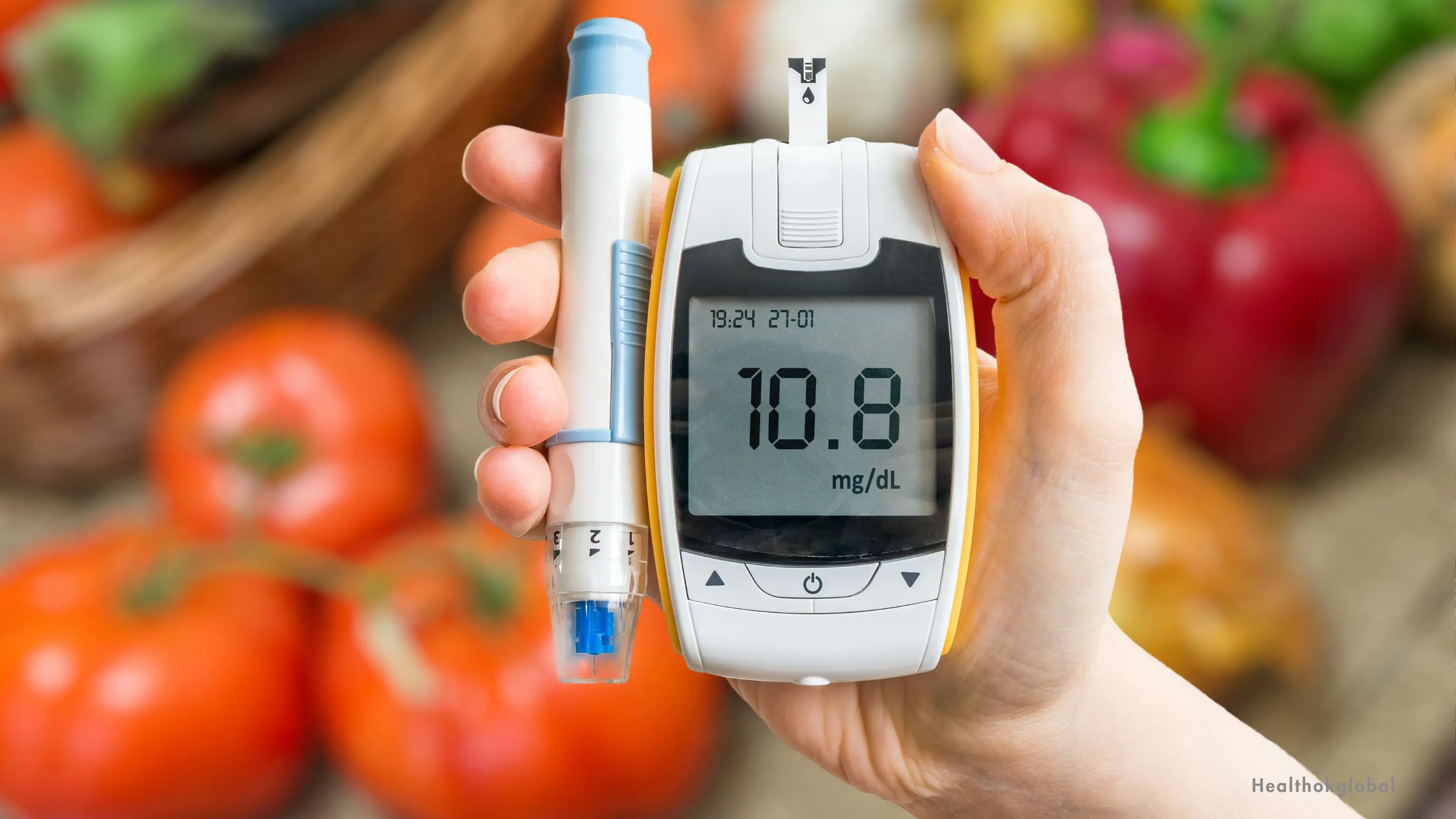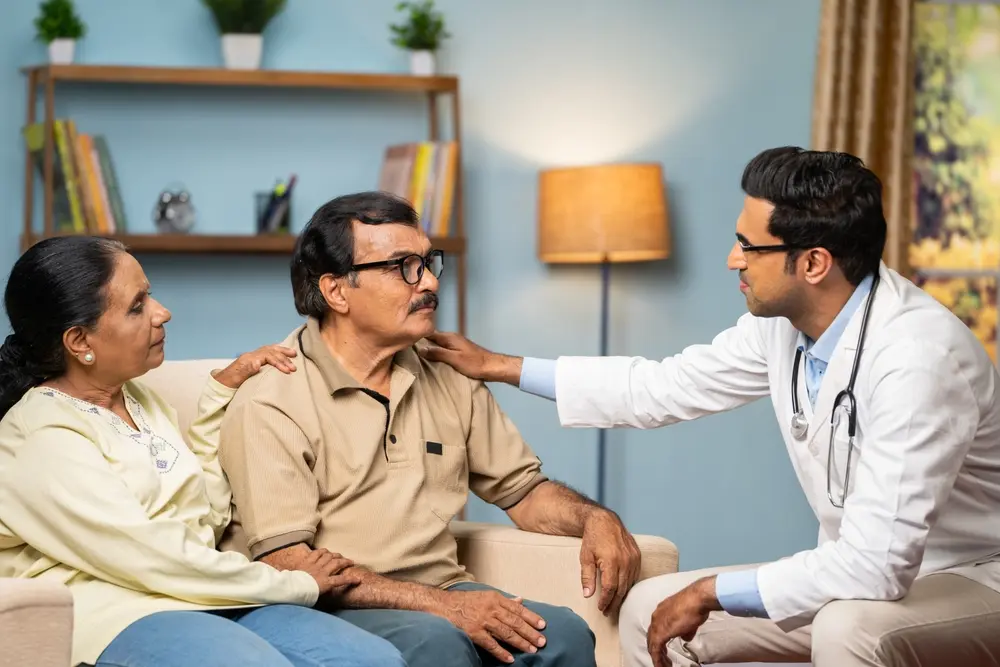Mucocutaneous candidiasis is a fungal infection that affects the skin, nails, and mucous membranes, caused by the Candida species of fungi.
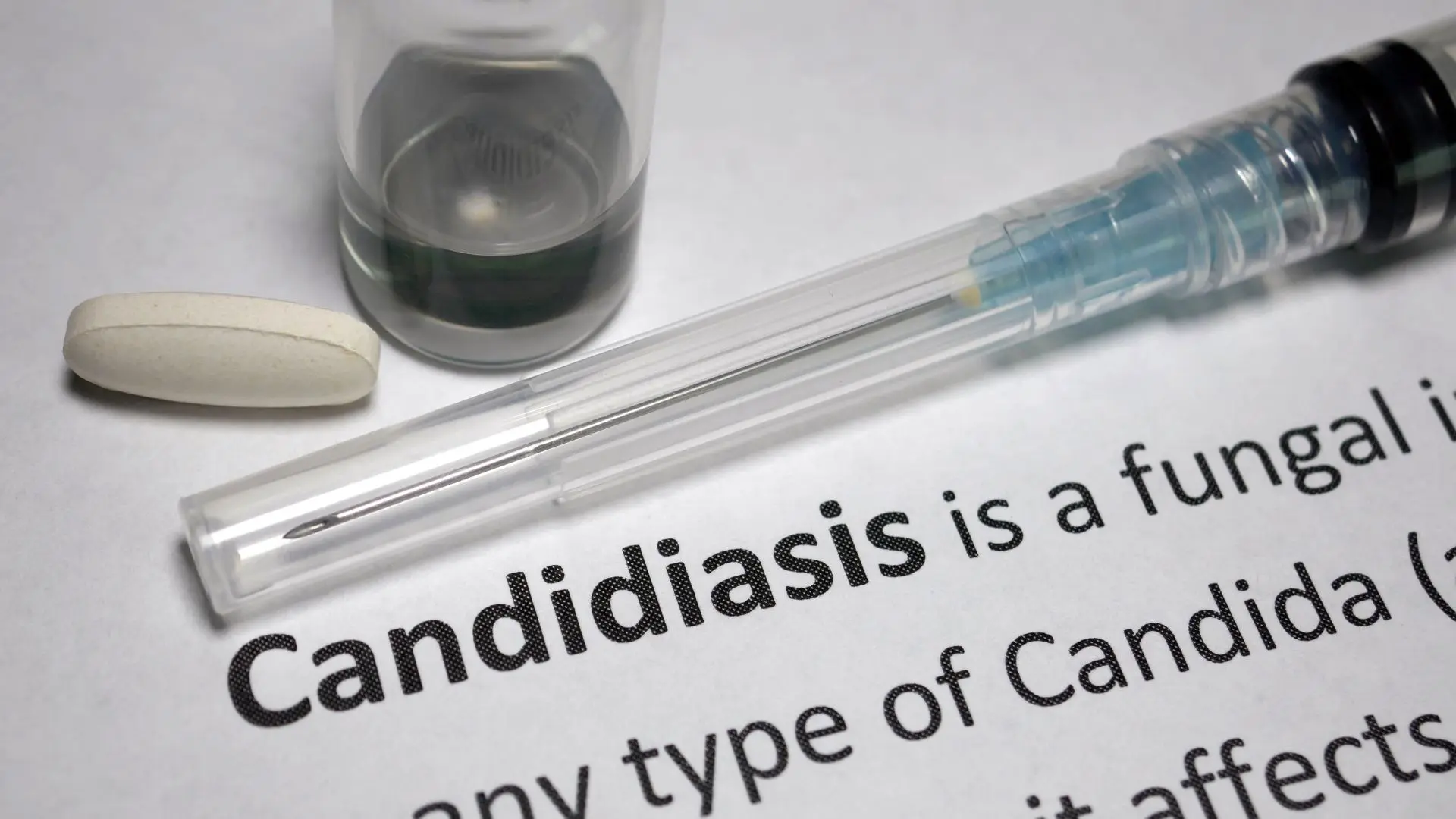
Blog
Mucocutaneous Candidiasis: Symptoms, Causes, and Treatment
Mucocutaneous candidiasis is a fungal infection that affects the skin, nails, and mucous membranes, caused by the Candida species of fungi. This condition can lead to a range of symptoms, including itching, redness, and discomfort. It commonly affects individuals with weakened immune systems, diabetes, or those taking certain medications. Understanding the symptoms, causes, and treatment options for mucocutaneous candidiasis is essential for effective management and prevention.
Mucocutaneous candidiasis is primarily caused by the overgrowth of Candida fungi, particularly Candida albicans. Several factors can contribute to the development of this condition:
Individuals with weakened immune systems, such as those with HIV/AIDS or undergoing chemotherapy, are more susceptible to Candida infections.
High blood sugar levels can promote the growth of Candida fungi, leading to infections.
Prolonged use of antibiotics can disrupt the balance of normal flora, allowing Candida to overgrow.
Hormonal changes during pregnancy or hormonal therapy can increase the risk of Candida infections.
Inadequate hygiene practices can contribute to the growth of Candida fungi.
Long-term use of corticosteroids can suppress the immune system, making it easier for Candida to thrive.
The symptoms of mucocutaneous candidiasis can vary depending on the affected area. Common symptoms include:
Red, itchy rash with a moist appearance, often occurring in skin folds.
Thickened, discolored nails that may become brittle and painful.
White patches on the tongue, inner cheeks, and roof of the mouth (oral thrush).
Itching, redness, and discharge in the genital area (vulvovaginal candidiasis in women and balanitis in men).
Pain and difficulty swallowing, often associated with oral thrush extending into the esophagus.
Diagnosis of mucocutaneous candidiasis involves a combination of clinical evaluation and laboratory tests. Key diagnostic methods include:
A healthcare provider will examine the affected areas and look for characteristic signs of Candida infection.
Scrapings from the affected areas may be examined under a microscope to identify Candida fungi.
Samples from the affected areas can be cultured in a laboratory to confirm the presence of Candida species.
In some cases, a biopsy may be performed to rule out other conditions and confirm the diagnosis.
Treatment for mucocutaneous candidiasis aims to eliminate the infection and prevent recurrence. Common treatment options include:
Topical antifungal creams, ointments, and oral antifungal medications are commonly used to treat Candida infections.
Maintaining proper hygiene, keeping the affected areas clean and dry, and avoiding irritants can help prevent and manage Candida infections.
Controlling underlying conditions such as diabetes and avoiding prolonged use of antibiotics and corticosteroids can reduce the risk of recurrent infections.
Reducing sugar intake and consuming a balanced diet can help manage Candida overgrowth.
Probiotic supplements can help restore the balance of normal flora and prevent Candida overgrowth.
Preventing mucocutaneous candidiasis involves maintaining good hygiene, managing underlying conditions, and adopting healthy lifestyle practices. Key preventive measures include:
Regularly wash and dry the affected areas, avoid tight-fitting clothing, and maintain overall cleanliness.
Limit sugar intake, consume a balanced diet, and consider incorporating probiotics to maintain a healthy gut flora.
Effectively manage conditions such as diabetes and avoid prolonged use of antibiotics and corticosteroids.
Regular visits to healthcare providers can help monitor and manage conditions that increase the risk of Candida infections.
Mucocutaneous candidiasis is a common fungal infection that can affect the skin, nails, and mucous membranes. Understanding the symptoms, causes, and treatment options is essential for effective management and prevention. By maintaining good hygiene practices, managing underlying conditions, and seeking appropriate medical care, individuals can reduce the risk of mucocutaneous candidiasis and improve their overall health.
HealthOK Global's dedicated care team provides essential healthcare assistance for the elderly in India, ensuring they receive comprehensive support in the comfort of their homes. From routine medical check-ups and medication management to personalized nursing care and emergency response services, our expert caregivers are committed to enhancing the quality of life for seniors. With our FREE 24 x 7 Healthcare Helpline, you can reach us anytime at +91-8047190955 (India) or +1-888-462-1804 (USA) to ensure your loved ones receive the best possible care.
Mucocutaneous candidiasis is primarily caused by the overgrowth of Candida fungi, particularly Candida albicans. Several factors can contribute to the development of this condition:
The symptoms of mucocutaneous candidiasis can vary depending on the affected area. Common symptoms include:
Mucocutaneous candidiasis is a common fungal infection that can affect the skin, nails, and mucous membranes. Understanding the symptoms, causes, and treatment options is essential for effective management and prevention. By maintaining good hygiene practices, managing underlying conditions, and seeking appropriate medical care, individuals can reduce the risk of mucocutaneous candidiasis and improve their overall health.
Need Personalized Health Guidance?
Get expert advice tailored to your specific health needs from our qualified healthcare professionals.


